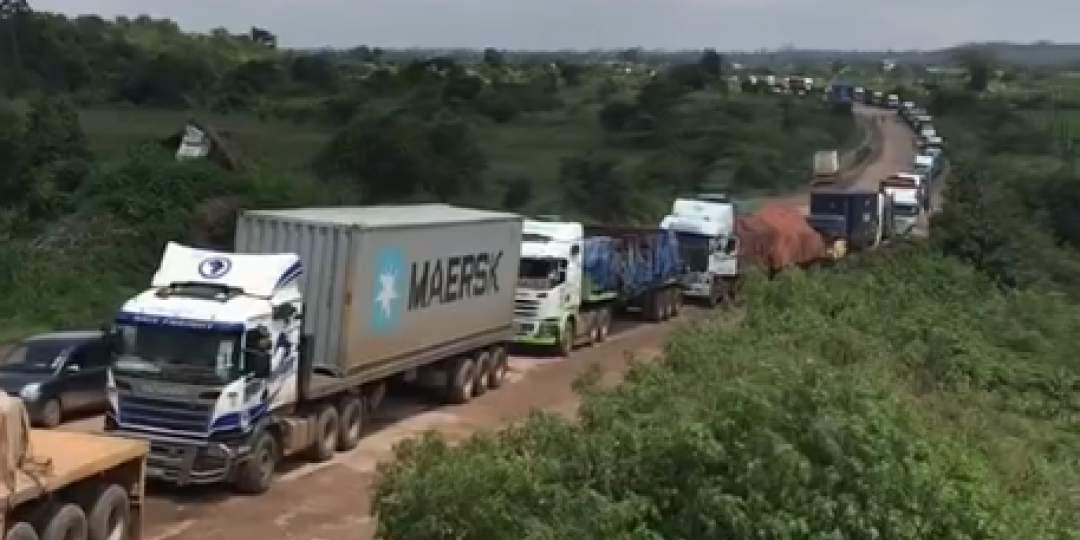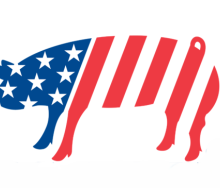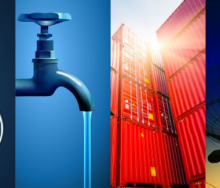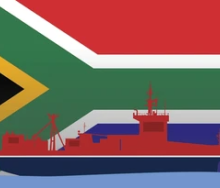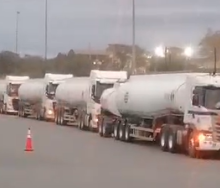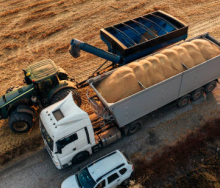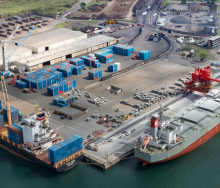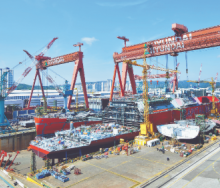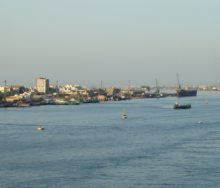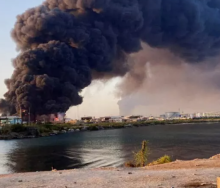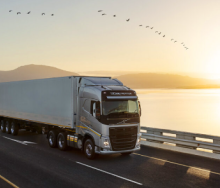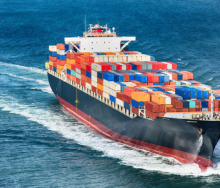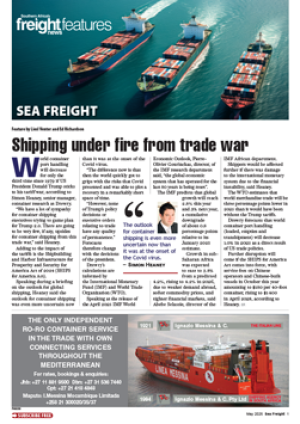Urgent international intervention is most likely the only solution to the months-long cross-border congestion experienced at Kasumbalesa, Africa’s biggest tangled mess of trucks trying to squeeze through an important trade pressure point.
With ongoing rising demand for smart tech commodities like cobalt and coltan (columbite-tantalum), the crucial Copperbelt transit between Zambia and the Democratic Republic of the Congo (DRC) regularly bottlenecks, especially south of the border.
According to Mike Fitzmaurice of the Federation of East and Southern African Road Transport Associations (Fesarta), the latest build-up is particularly bad as it has lasted for at least four to five months.
Speaking to Freight News yesterday, after several video segments had been circulated on social media to highlight the plight of truckers stuck in the queue, the association’s chief executive said the line of trucks intermittently stretched all the way to Kitwe about 95 kilometres southeast of Kasumbalesa.
The current snarl-up actually had its origins in good intention, Fitzmaurice explained.
“There’s a bilateral agreement between border authorities in Zambia and the DRC that they would operate 24/7, but what the DRC is doing is permitting trucks to cross until 8pm at night. Then, until six in the morning, they’re doing documentation.
“That’s not a 24-hour operation,” Fitzmaurice said.
Complicating matters further, he added, only drivers with completed import documentation were allowed to proceed through to customs.
“Trucks have to wait on the Zambian side if import documentation is incomplete, meaning trucks are parked on the Zambian side in the customs yard that shouldn’t be there because their documentation isn’t in order.”
Over the weeks, as the back-up stretched ever further south, with many drivers in the queue not cleared to enter the DRC, the Zambian Revenue Authority started sending a vehicle up and down the line, pulling trucks with cleared docs out of the queue.
Unfortunately, this attempt at easing the queue has only caused enmity between drivers stuck in the queue and those allowed to ‘jump’ the queue.
“Drivers who can’t proceed to the border because of uncleared documentation have been rebelling by blocking the border and preventing trucks from overtaking them in the queue.”
Sounds like a recipe for disaster? It is!
Worst of all, some drivers sit in the queue for more than a week, with very few amenities other than what can be taken along for an agonising wait in the Zambian bush.
Although the humanitarian plight of the drivers has been brought to the attention of Amnesty International, to name just one pressure group, cross-border transporters forced to use Kasumbalesa are pretty much left to their own devices.
Fitzmaurice says a single-window system, whereby cargo will have to be cleared long before it gets to the border, is the only solution for the problematic border.
And yet that has been known ever since the world’s hunger for coltan and copper commodities out of the DRC increased on the back of 4th industrial revolution advancements.
Talking about single-window efficiencies to harmonise blocked-up borders like Kasumbalesa is a bit like preaching to the converted.
The only question that remains is why this hasn’t happened.
Whatever the case may be, if one considers that 70% of the globe’s cobalt is mined in the south-eastern DRC, it’s maybe time that the international community steps in where the DRC and Zambia are consistently failing.
